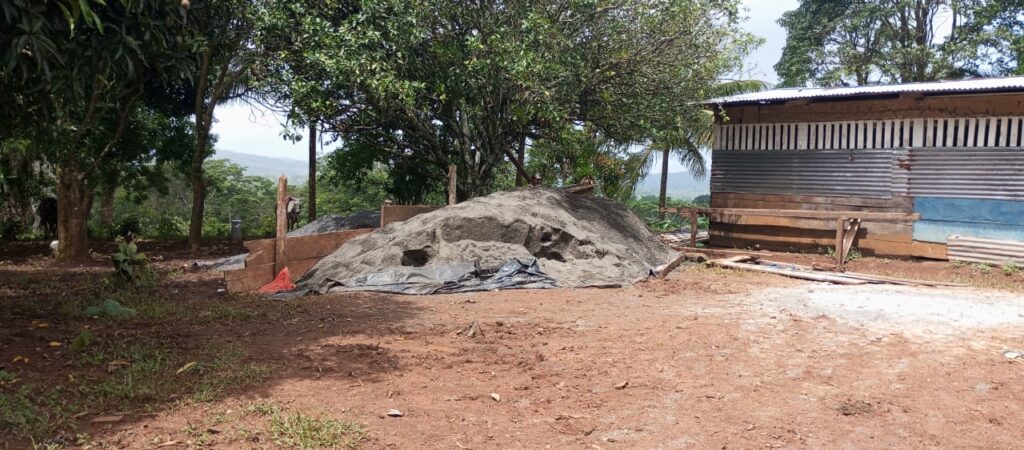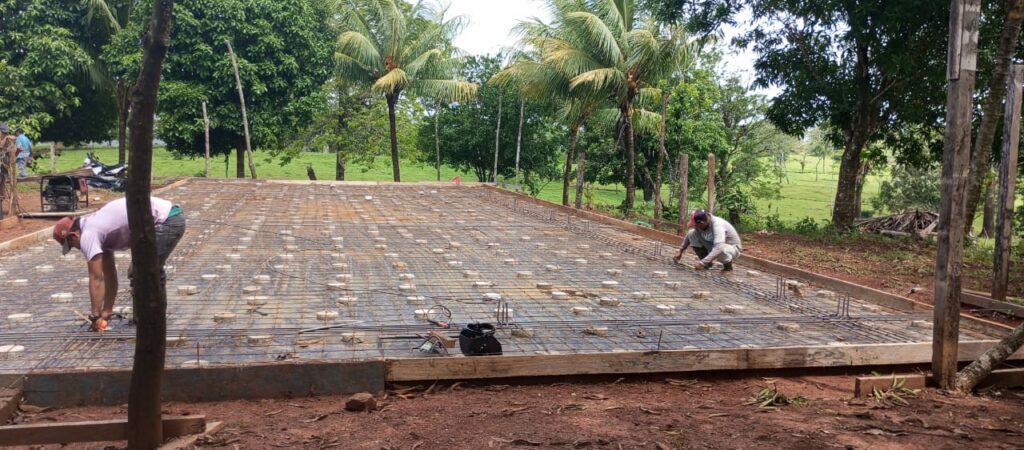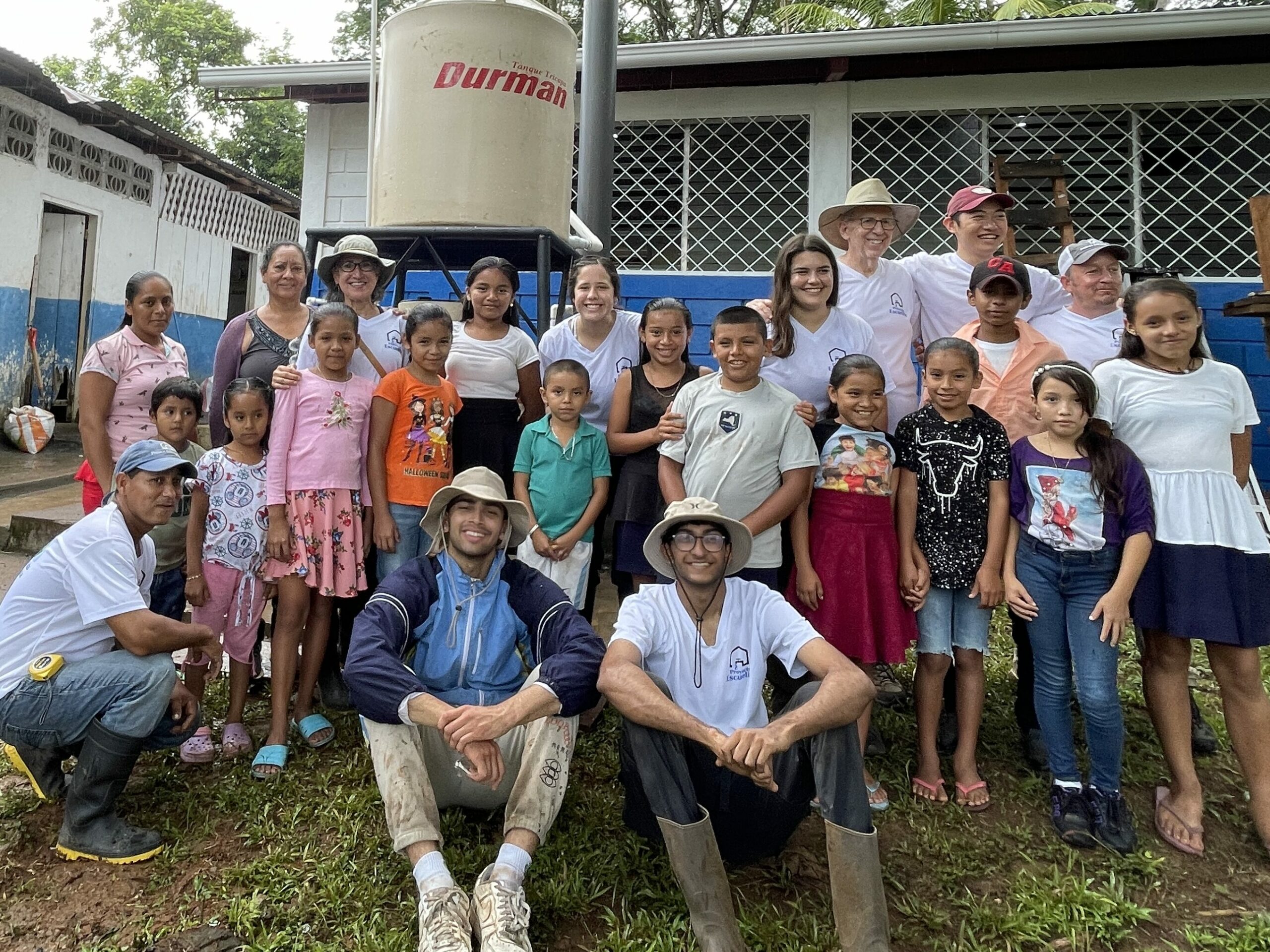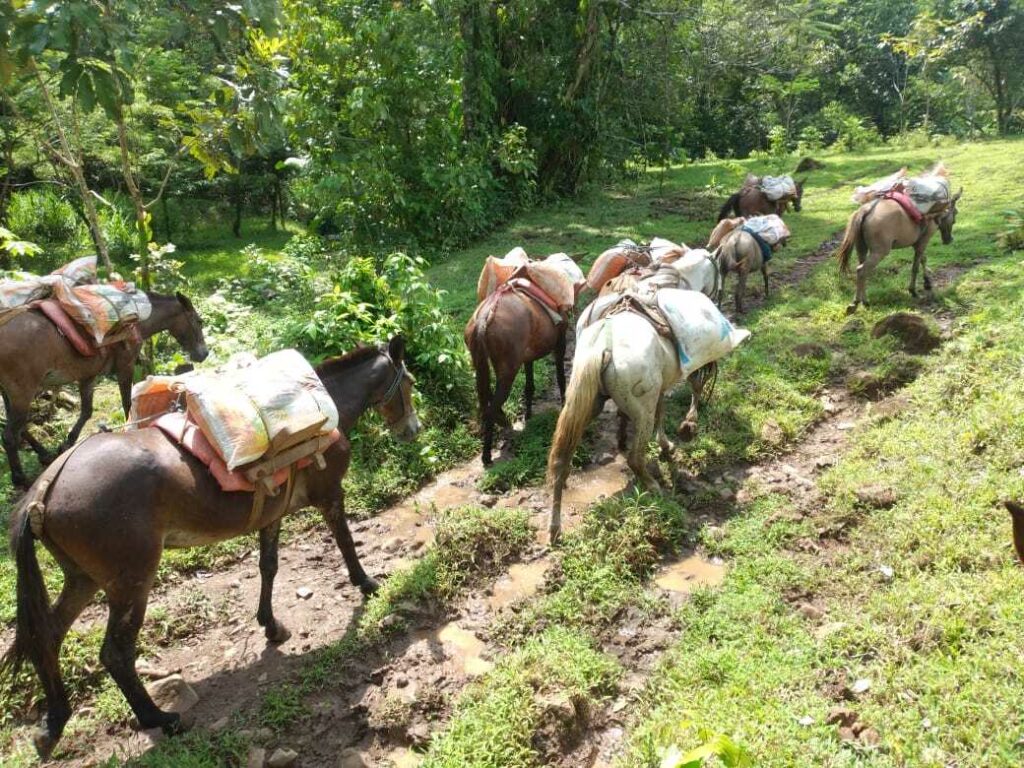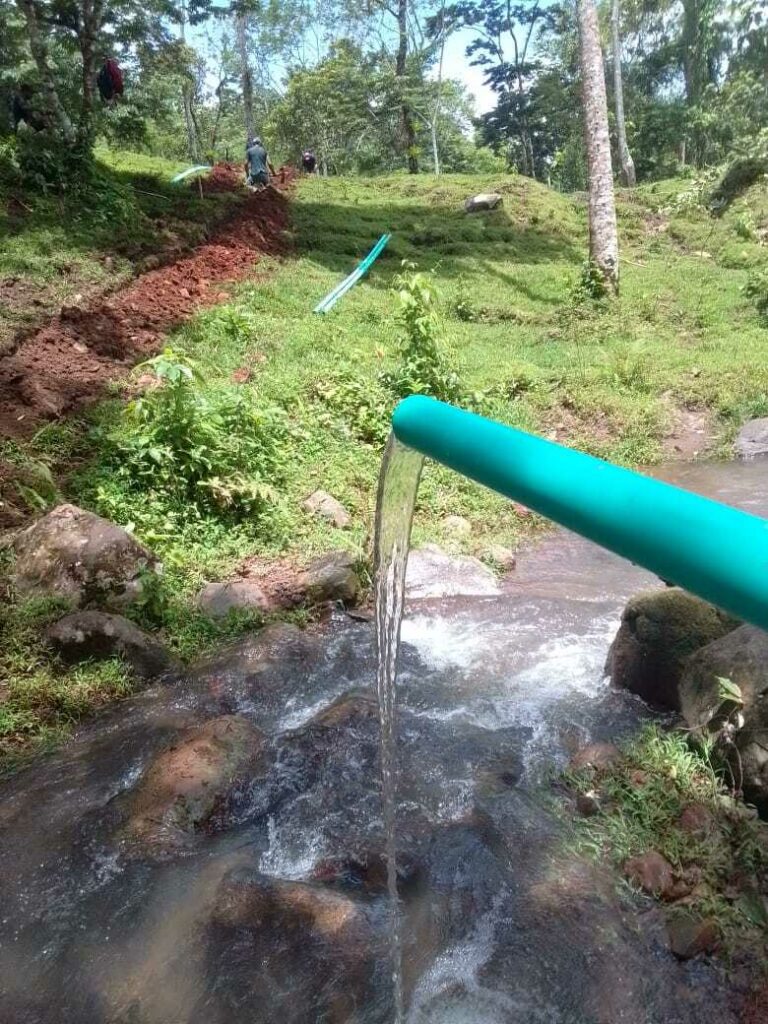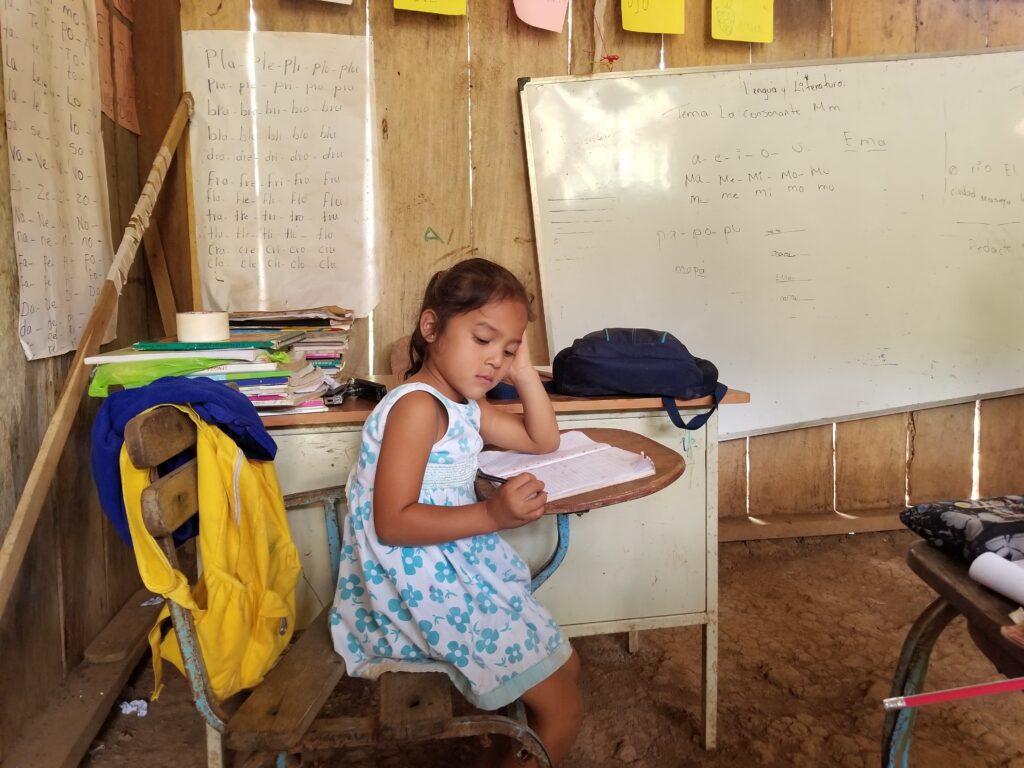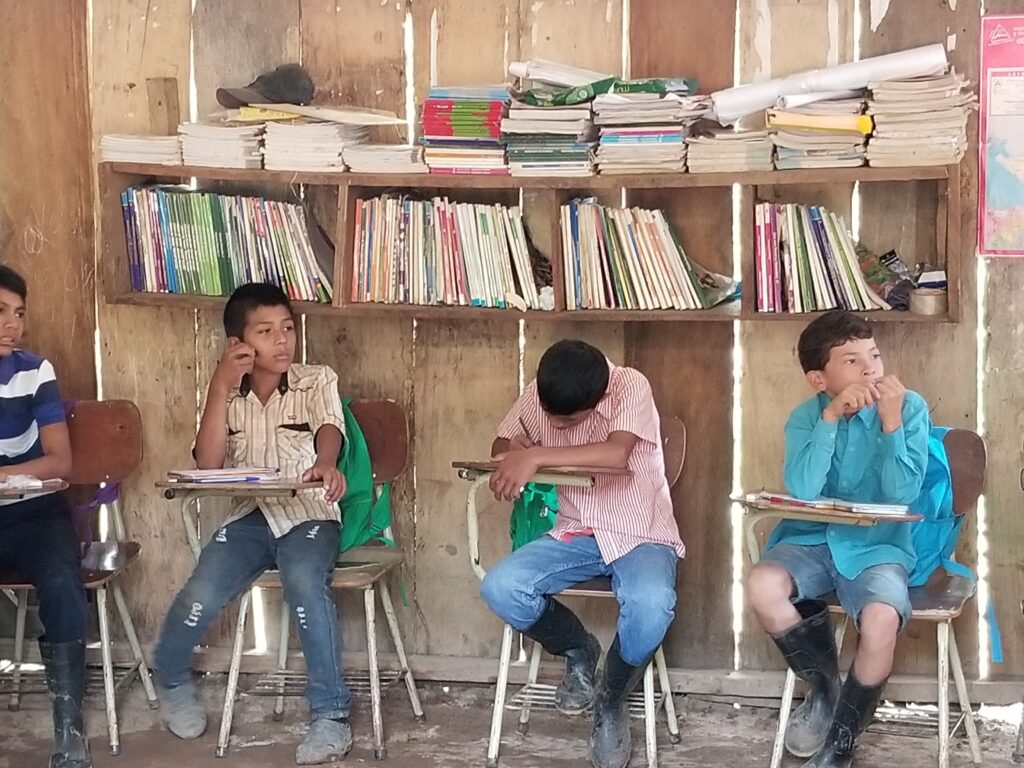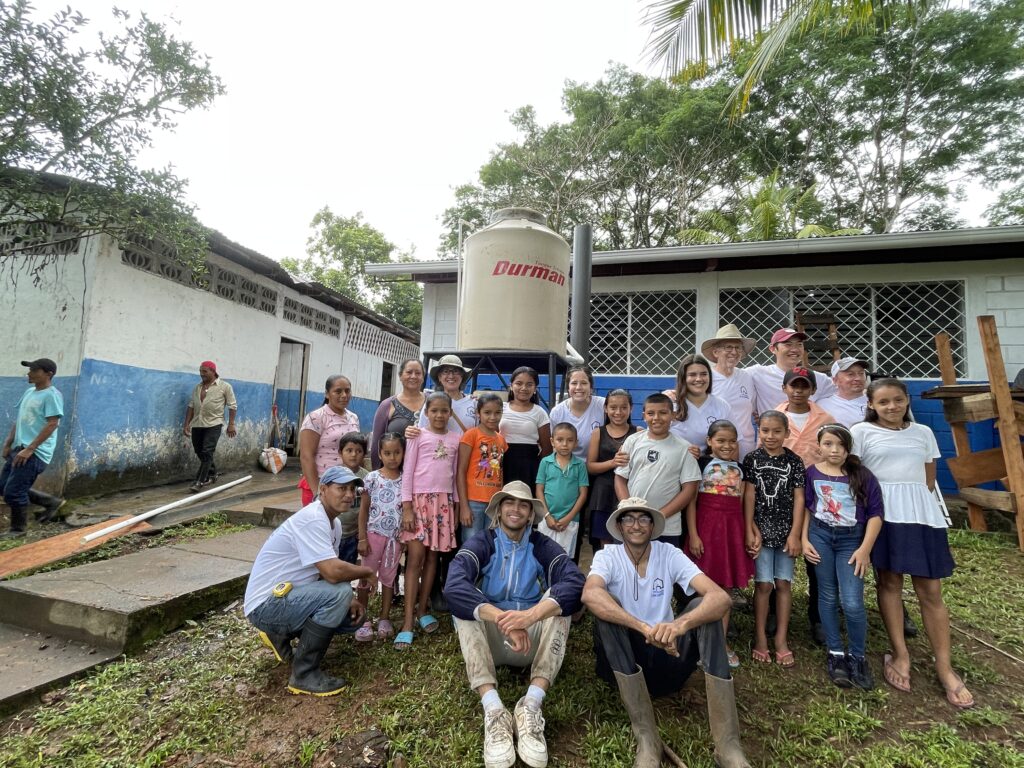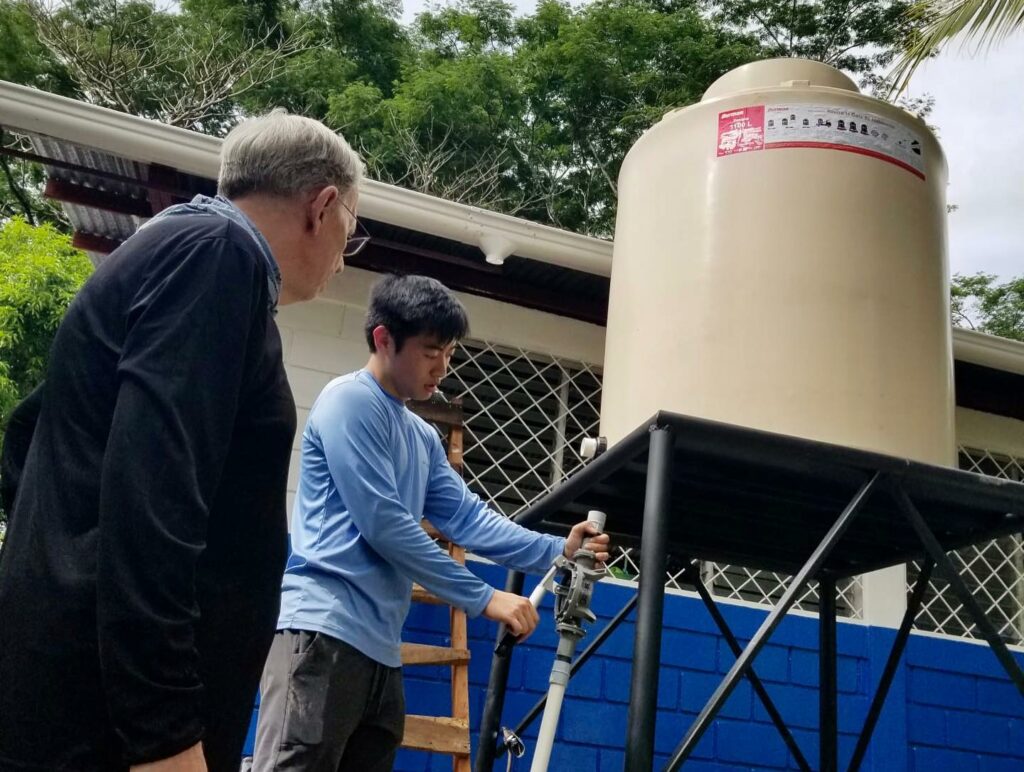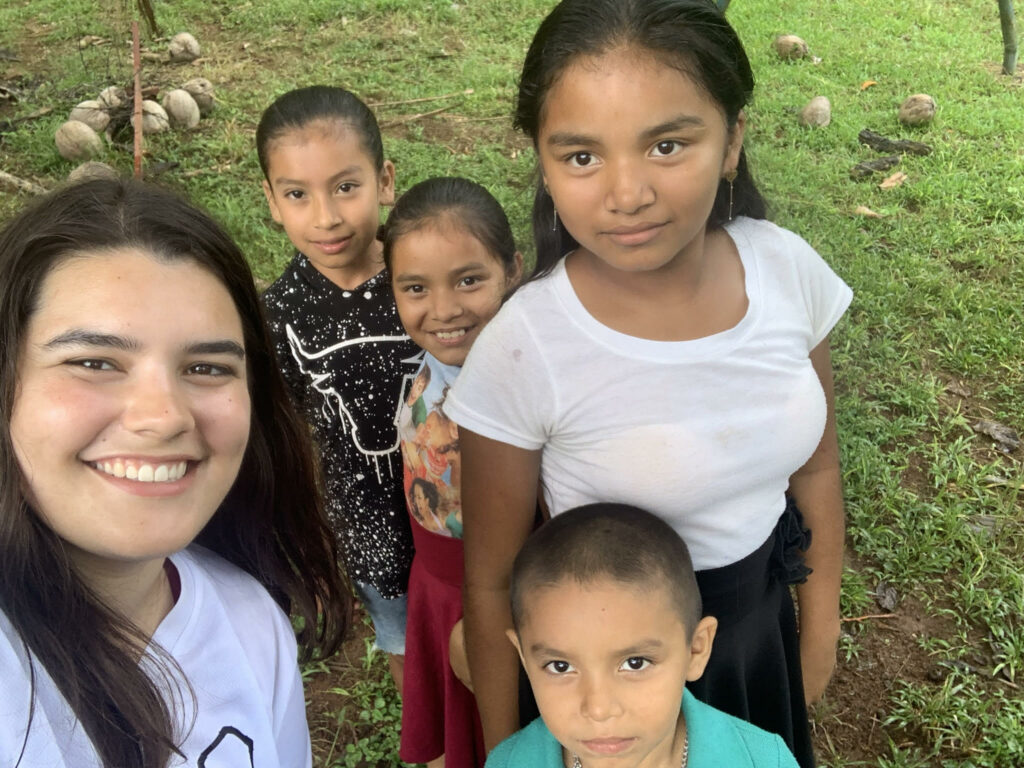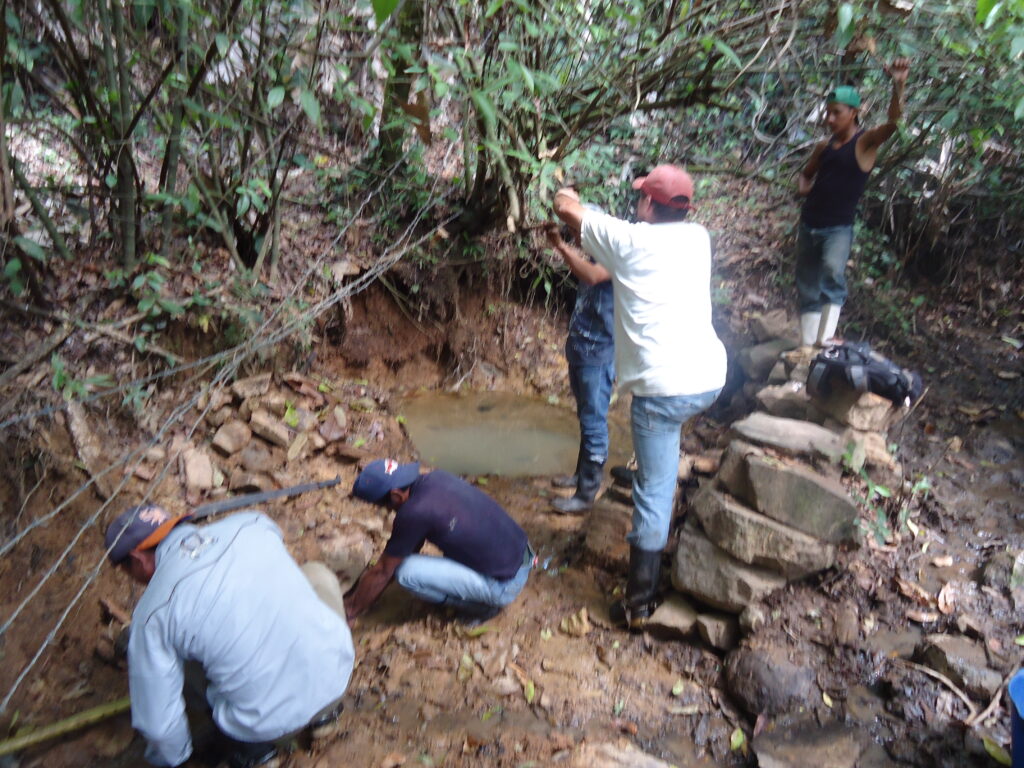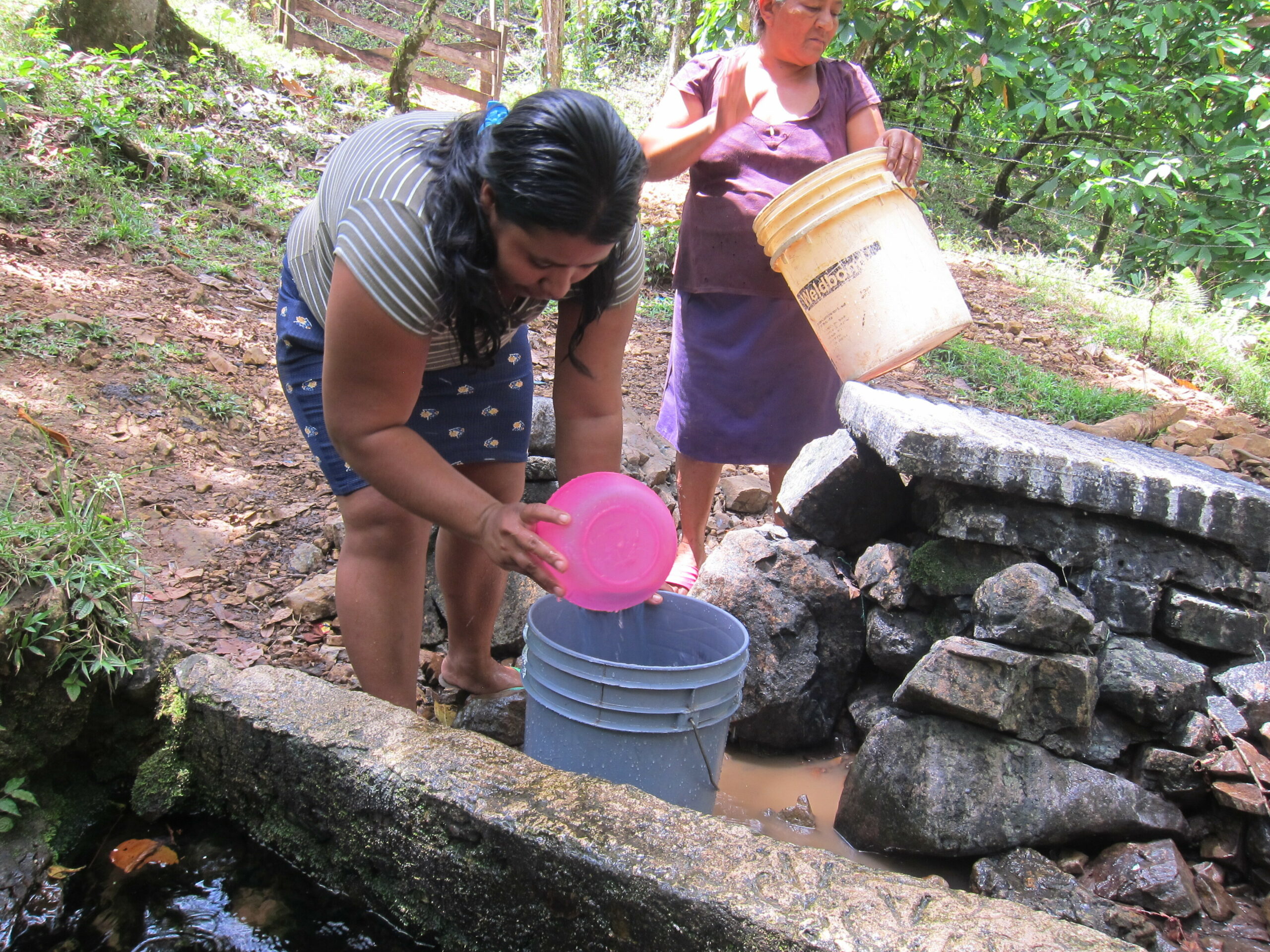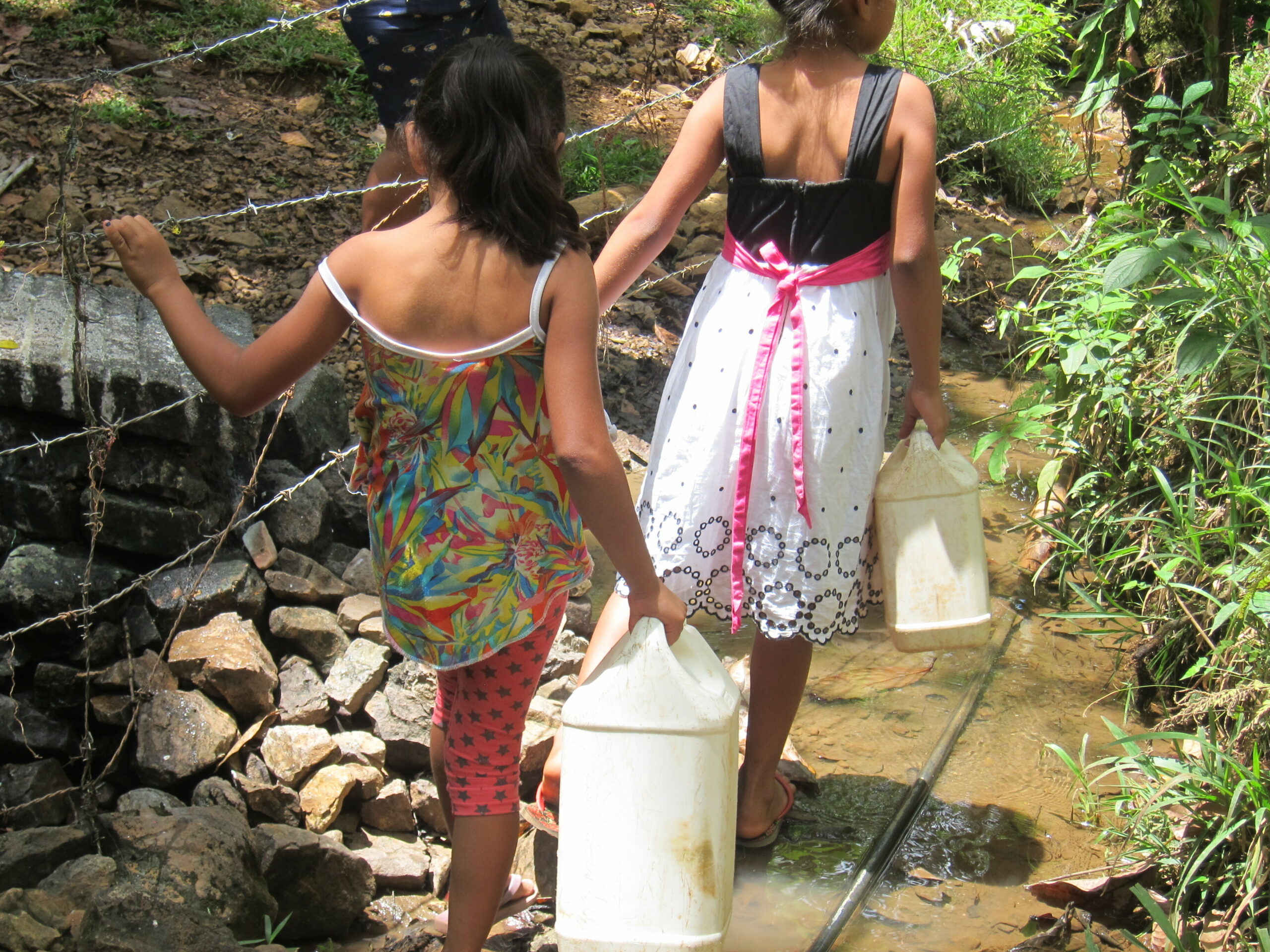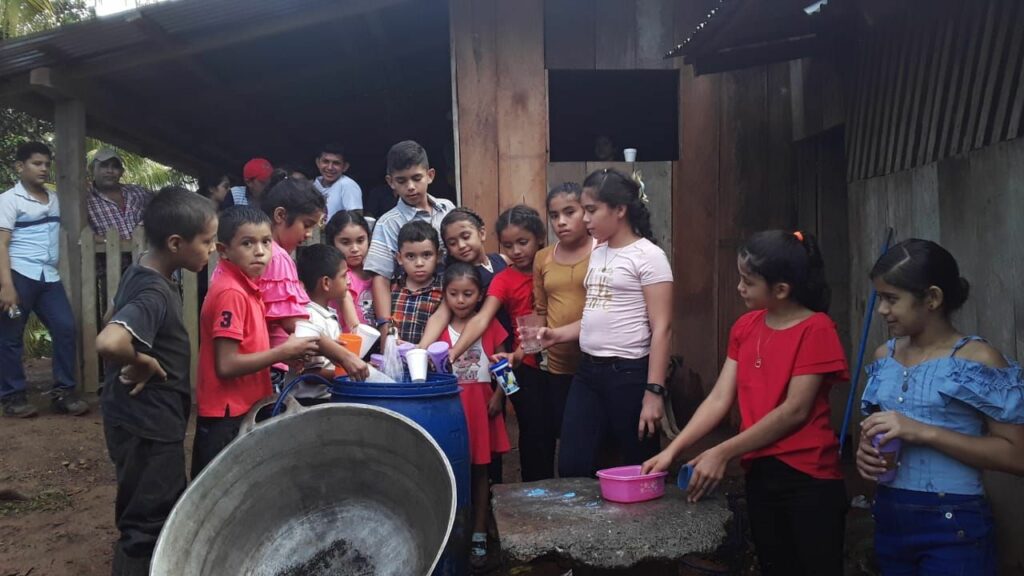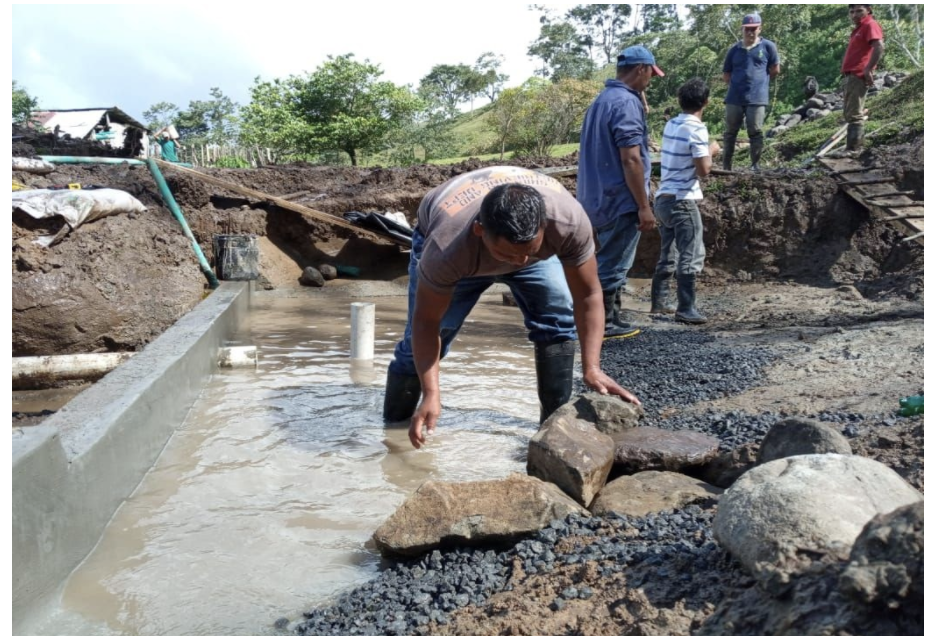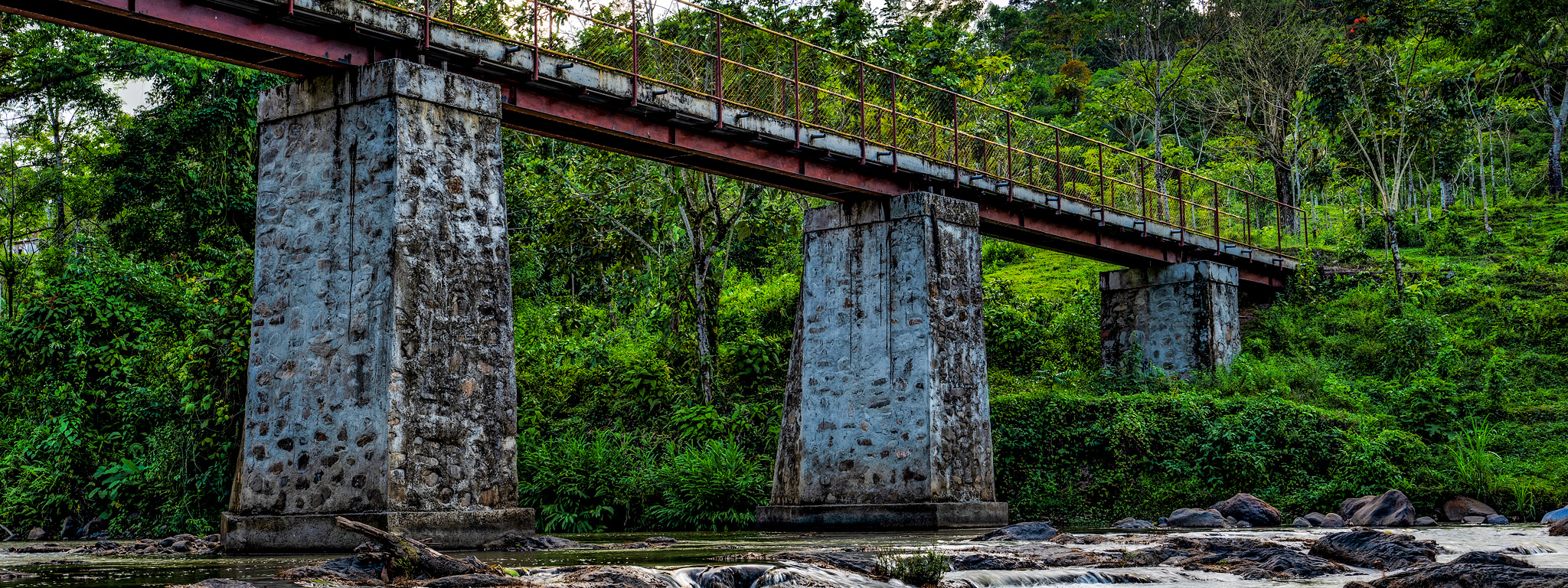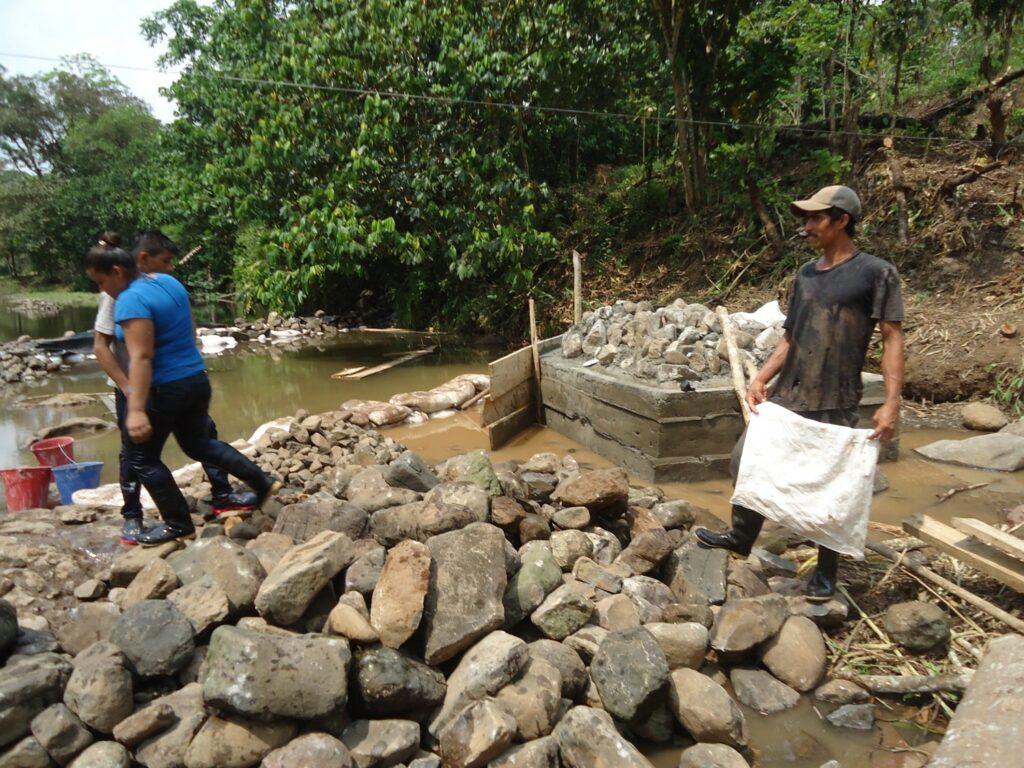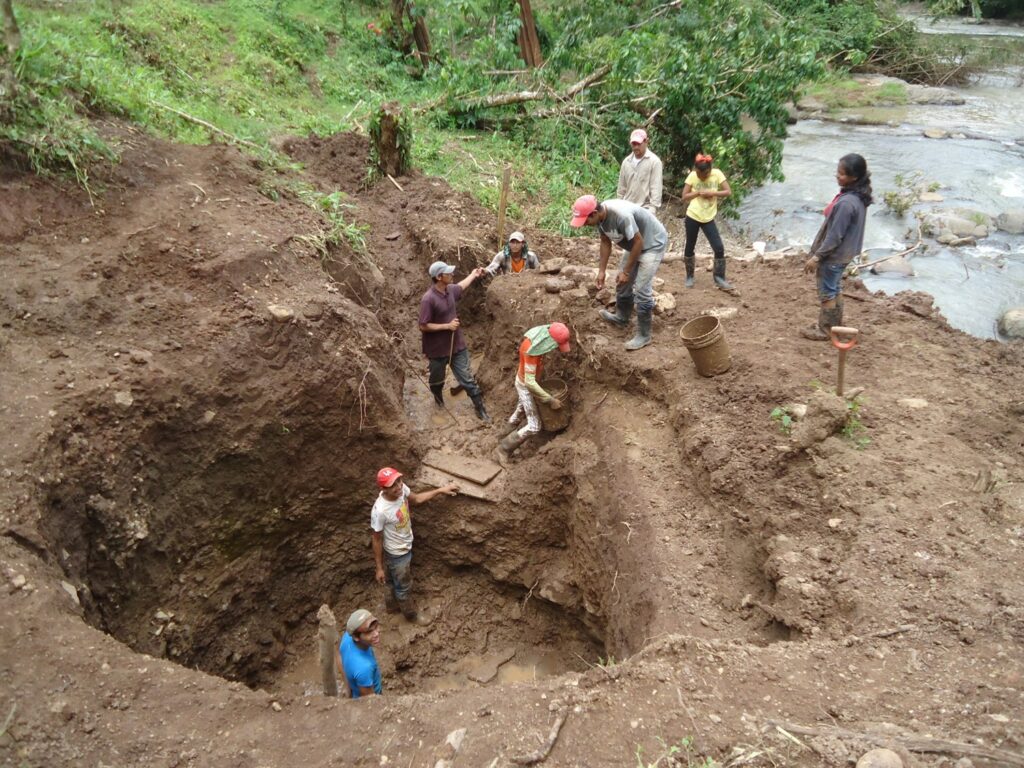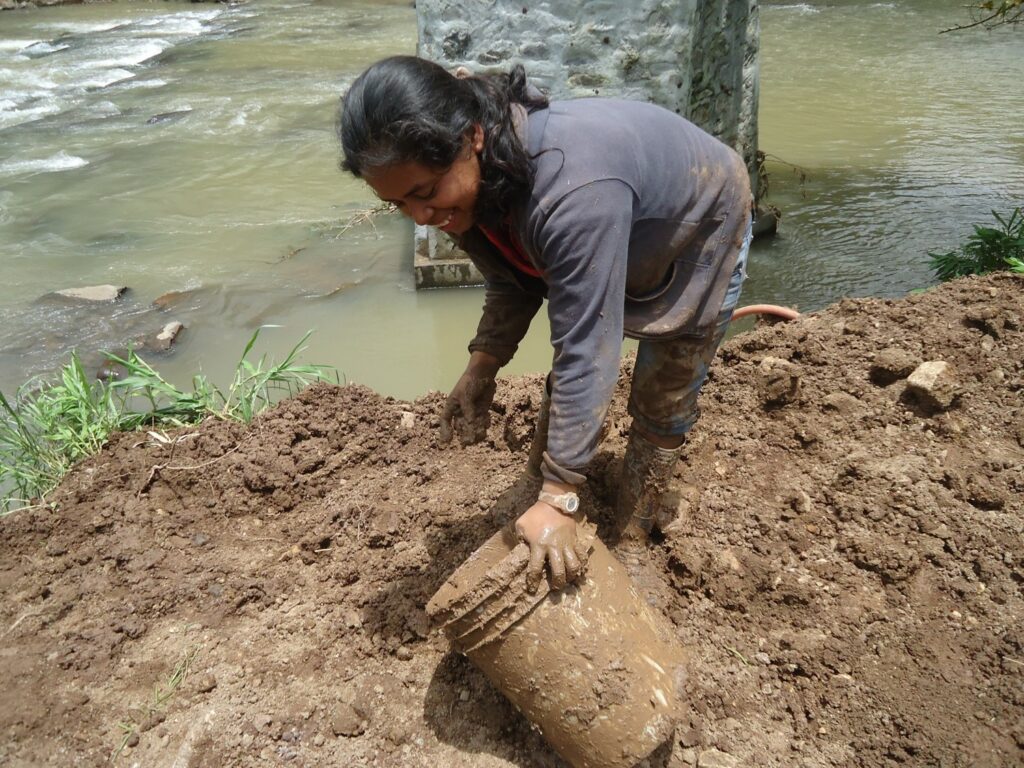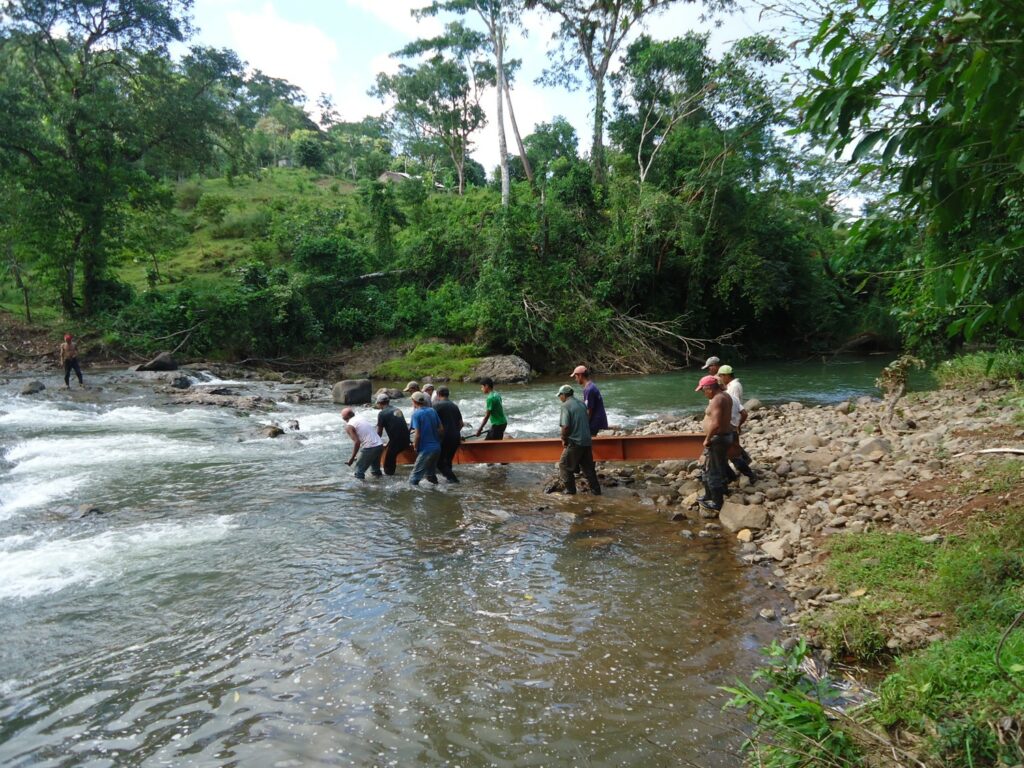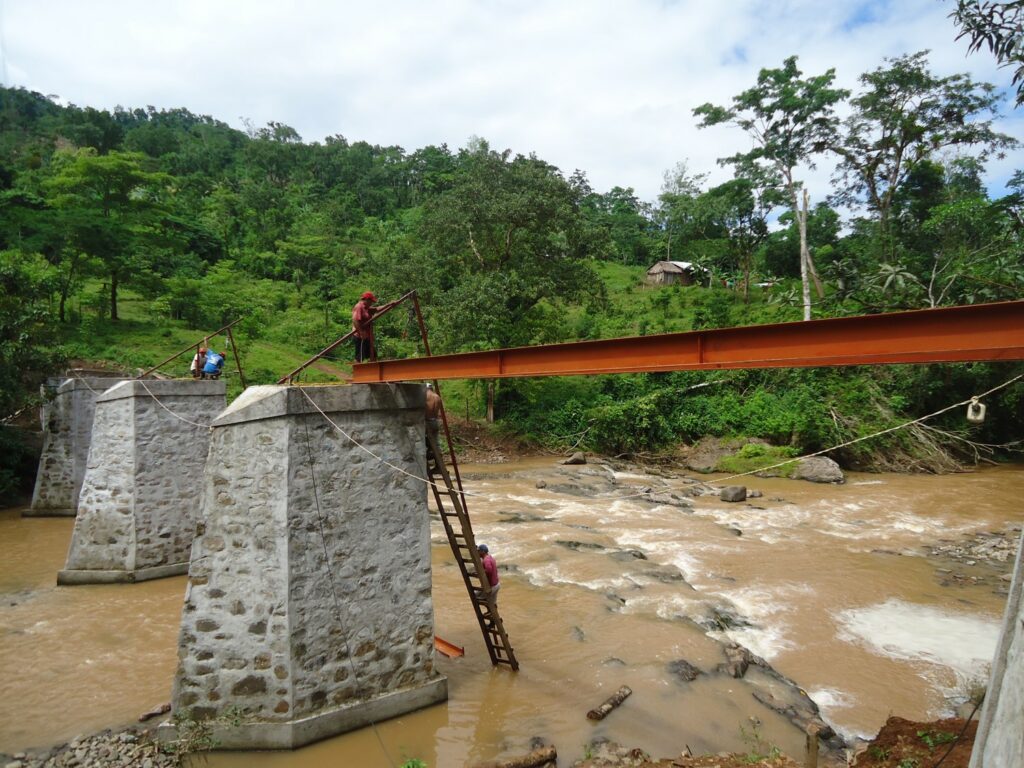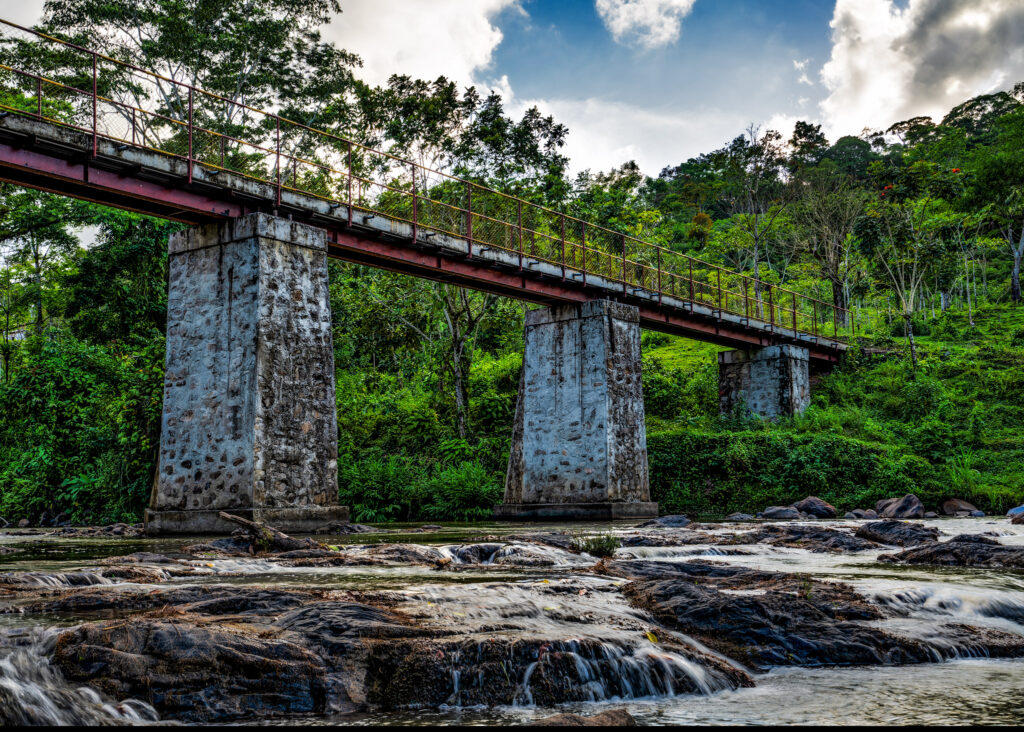In 2022, we partnered with the community of Bilampi to build a fully distributed water system that brought water to every home. Children and their families no longer need to walk for water at home or at a school. This year we plan to finish building a new school for this community. Community members are eager and excited to finish the schoolhouse they have been dreaming of for years. We would like thank The Kathryn B. McQuade Foundation for their support in building this school. We’ve also just learned that, thanks to the new facilities, 3 new grades will be added to the curriculum, so that children in the community can now study through the 3rd year of secondary school. This expanded opportunity is huge, particularly for young girls whose parents thought it unsafe to send them to the neighboring community to continue their studies.
